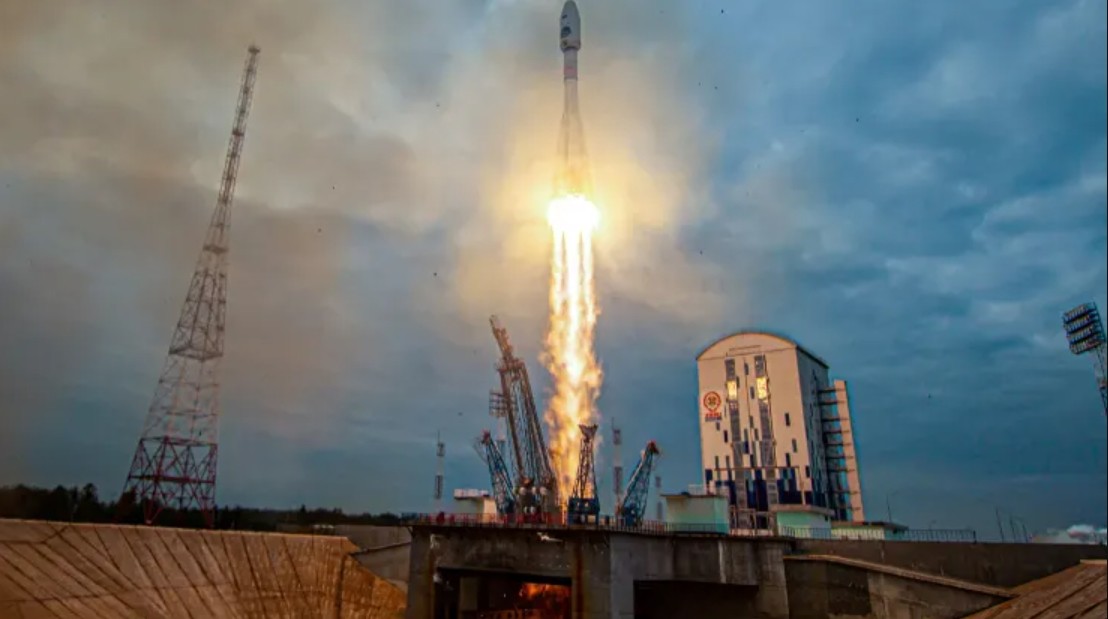 |
| The Soyuz-2.1b rocket with the Fregat upper stage and the Luna-25 lander lifts off from the launch pad at the Vostochny cosmodrome in Russia's Far East Amur region on August 11. (Source: Reuters) |
According to CNBC , on August 19, Russia's Luna-25 lunar lander lost control and crashed into the Moon.
Russia's state space corporation Roskosmos said it lost contact with the spacecraft shortly after the incident, with “the device moving into an unpredictable orbit and no longer existing due to a collision with the lunar surface,” Roskosmos said in a statement.
Russia had previously reported an “unusual situation” with the spacecraft it launched earlier this month. Last month, India launched a lunar lander called Chandrayaan-3. Its target is the lunar south pole, where space agencies like NASA have previously detected water ice in craters. However, no country has ventured to the region so far.
First mission to the Moon in nearly 50 years
Luna-25 is an unmanned robotic lander and the first Russian mission to the lunar surface in nearly 50 years.
The spacecraft was on track for a historic landing on the Moon's south pole on Monday, August 21, but appears to have encountered an unspecified problem while preparing its landing trajectory.
Roscosmos said its experts were analyzing the situation. However, no further details were available at this time.
The incident comes a week after the spacecraft's data-gathering equipment was turned off after launch from the Vostochny spacecraft in Russia's Far East Amur region.
About the size of a small car, the spacecraft launched aboard a Soyuz rocket and entered lunar orbit on Wednesday, August 16. Since then, it has been transmitting images of Zeeman Crater, the third deepest crater in the southern hemisphere of the Moon’s surface, measuring 190 kilometers (118 miles) in diameter and 8 kilometers (5 miles) deep.
These data provide information about the chemical elements in the Moon's soil, facilitating research on the near surface of the Moon.
Russia hopes that when Luna-25 lands, the craft will have a year to collect rock and dust samples to see if the Moon could support a permanent human base.
Russia remains a "space superpower"
The area where the spacecraft is set to land is known for its rugged terrain, but is also thought to contain pockets of ice. If so, scientists say, these could be used for fuel, oxygen and drinking water, potentially allowing humans to take advantage of them for longer journeys.
Roscosmos wants to show Russia is a "space superpower" since the conflict with Ukraine deprived Moscow's experts of access to technology from the West.
Ahead of the launch, the agency said it would demonstrate that Russia “is a country capable of delivering payloads to the Moon” and “guaranteeing access to the lunar surface.”
India previously launched a lunar lander that also encountered problems and crashed near the site where Chandrayaan-3 is scheduled to land next Wednesday, August 30. If deployed as planned, Luna-25 will land two days before Chandrayaan-3, thereby becoming the first spacecraft to land on the Moon's south polar region.
According to the plan, the lander will spend 3 to 7 days at an altitude of about 100 km above the lunar surface before touching down in the Boguslawsky crater area. Manzinus and Pentland-A craters are planned as alternative landing sites.
Luna-25 has nine main scientific instruments, eight of which are Russian and one from the European Space Agency (ESA). The ESA-developed instrument is Pilot-D, which is used for navigation. The Russian instruments help Luna-25 study the composition, structure and physical properties of the lunar surface, dust and plasma exosphere around the Moon's South Pole.
The lander is equipped with several cameras. Scientists will take a time-lapse of the landing and a wide-angle HDR image of the lunar landscape. Luna-25 will continuously use the cameras at pre-programmed intervals and according to signals from Earth.
Previously, the Luna-24 spacecraft was launched by the Soviet Union to the Moon in 1976.
Source




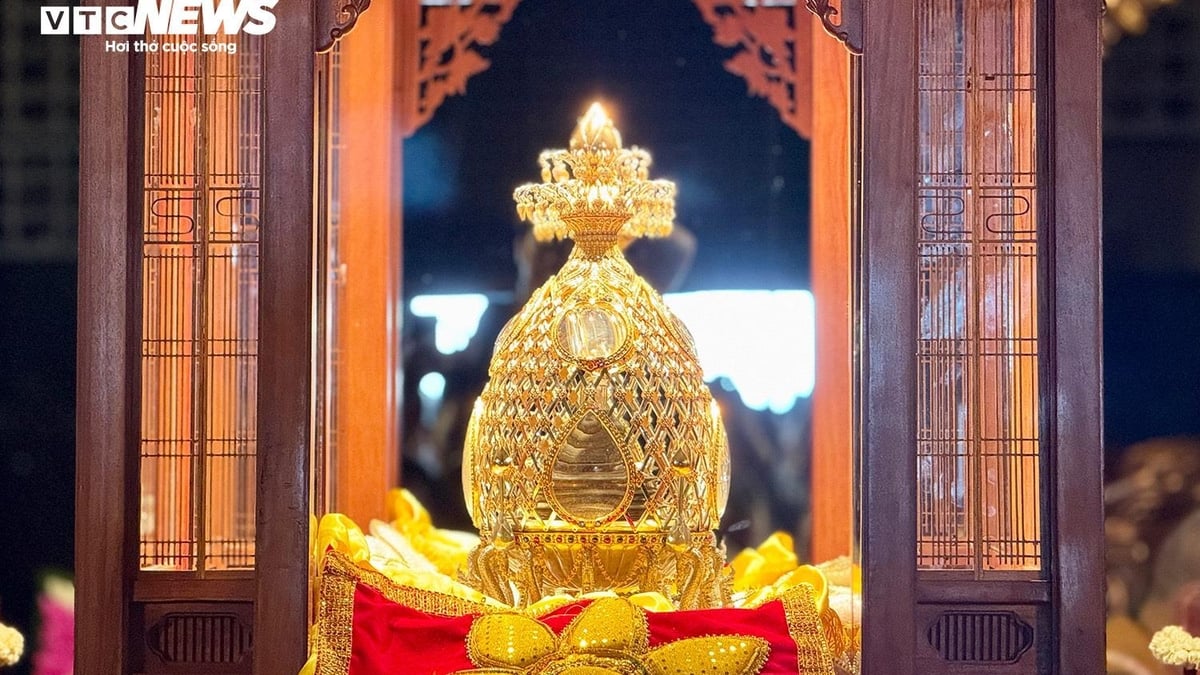
![[Photo] Magical moment of double five-colored clouds on Ba Den mountain on the day of the Buddha's relic procession](https://vphoto.vietnam.vn/thumb/1200x675/vietnam/resource/IMAGE/2025/5/9/7a710556965c413397f9e38ac9708d2f)

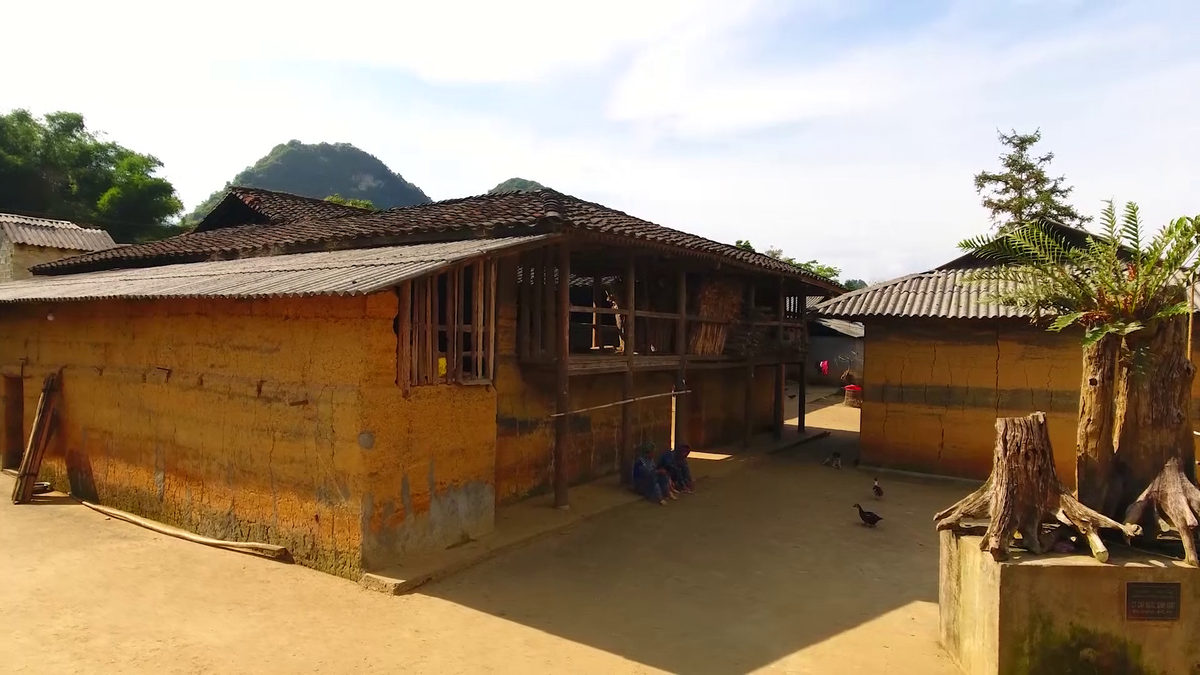
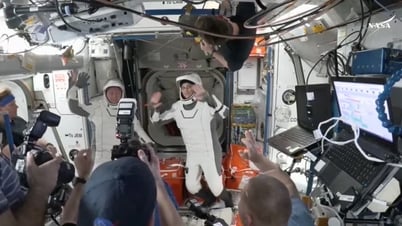

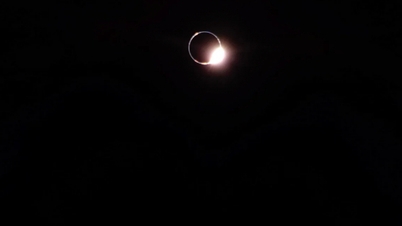

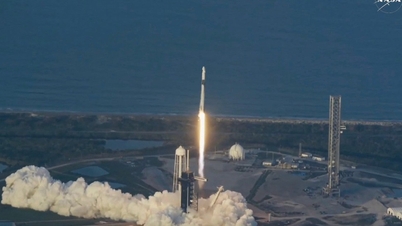


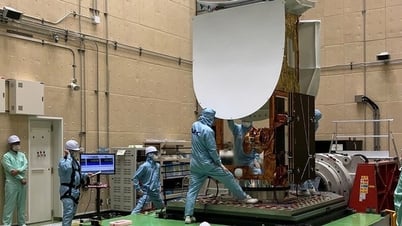






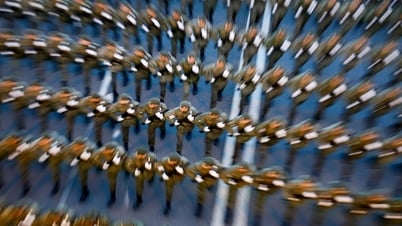













![[Photo] General Secretary To Lam begins official visit to Russia and attends the 80th Anniversary of Victory over Fascism](https://vphoto.vietnam.vn/thumb/1200x675/vietnam/resource/IMAGE/2025/5/8/5d2566d7f67d4a1e9b88bc677831ec9d)
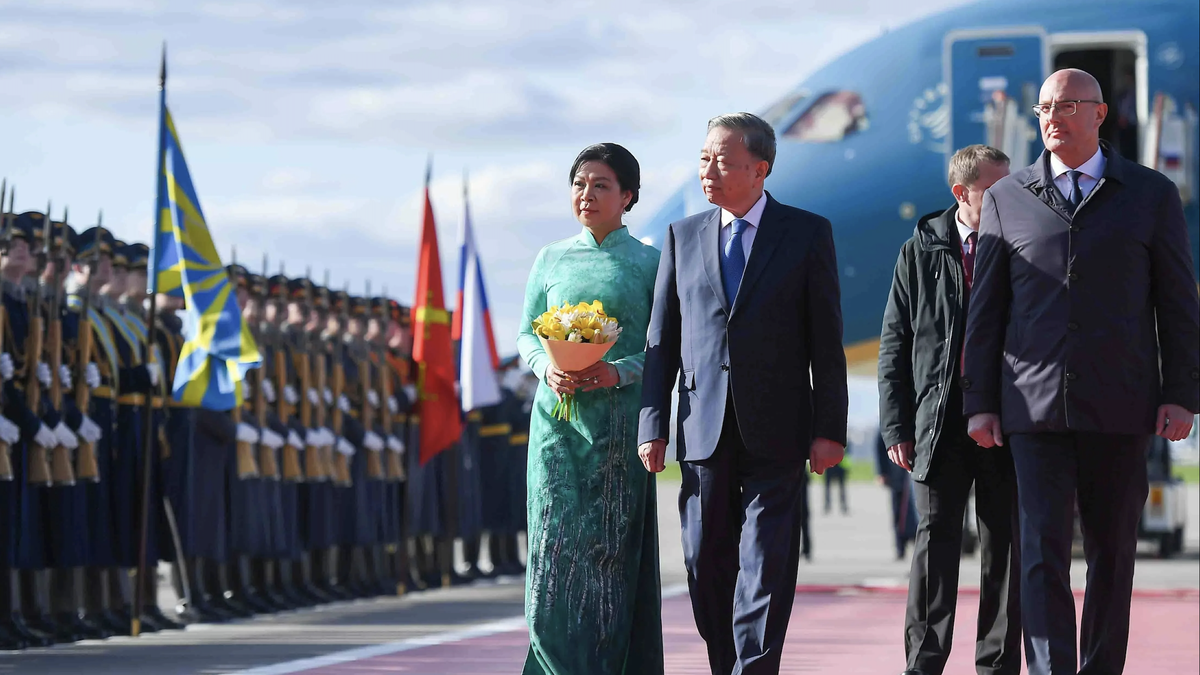



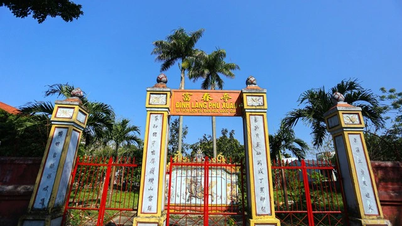


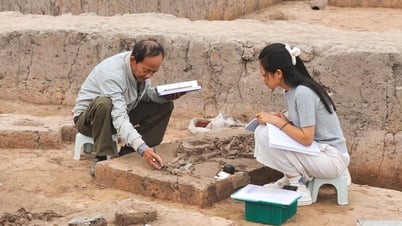























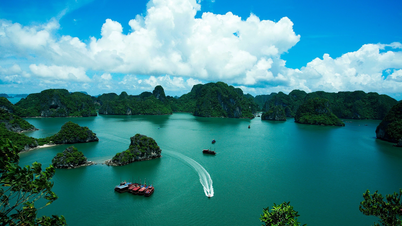



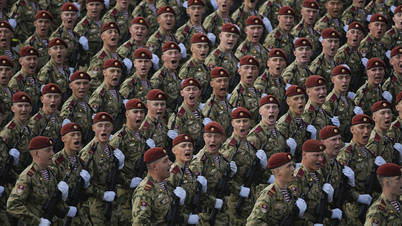






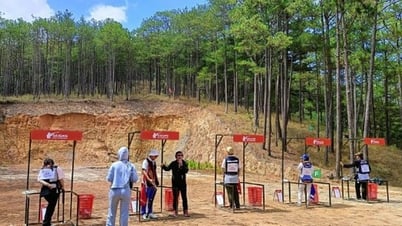







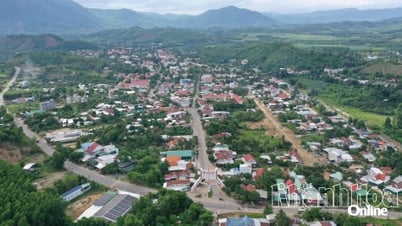











Comment (0)